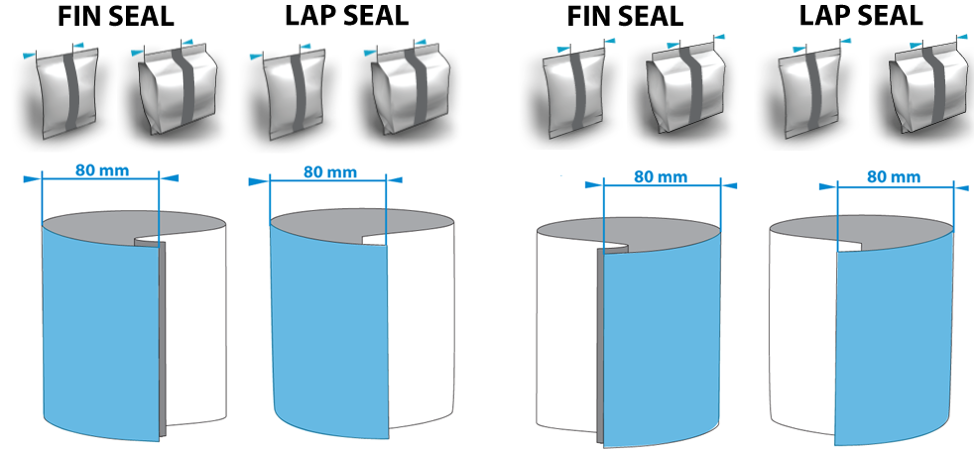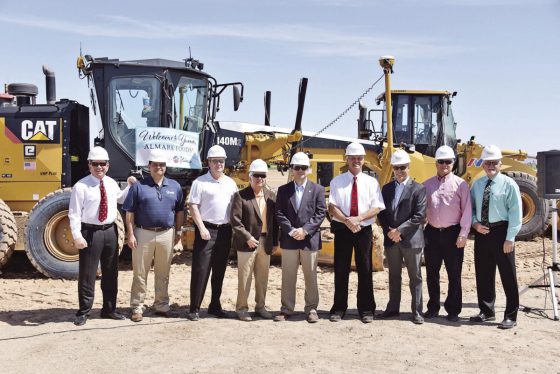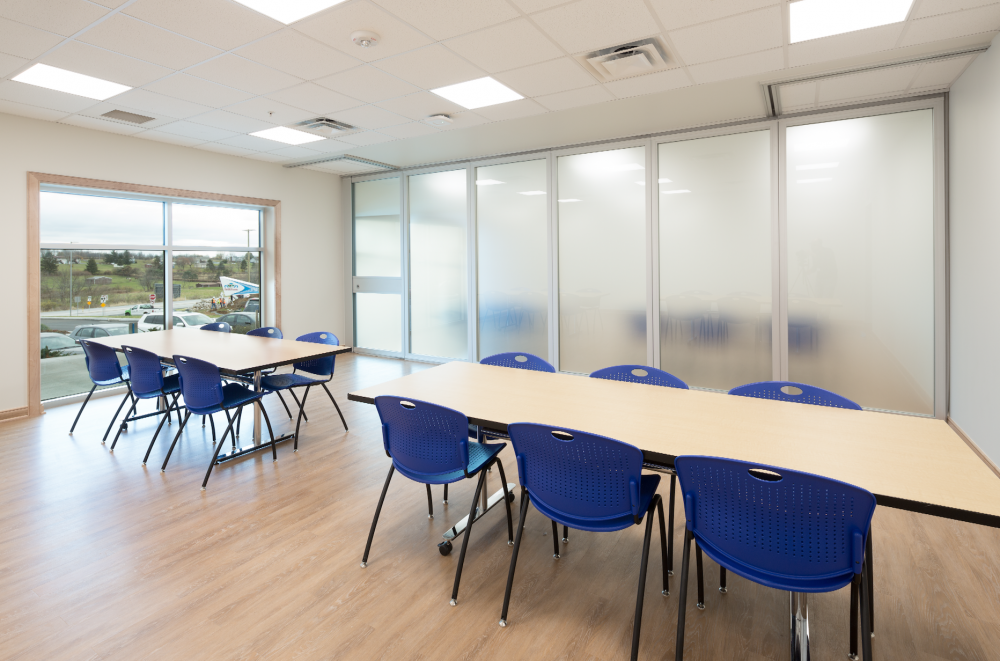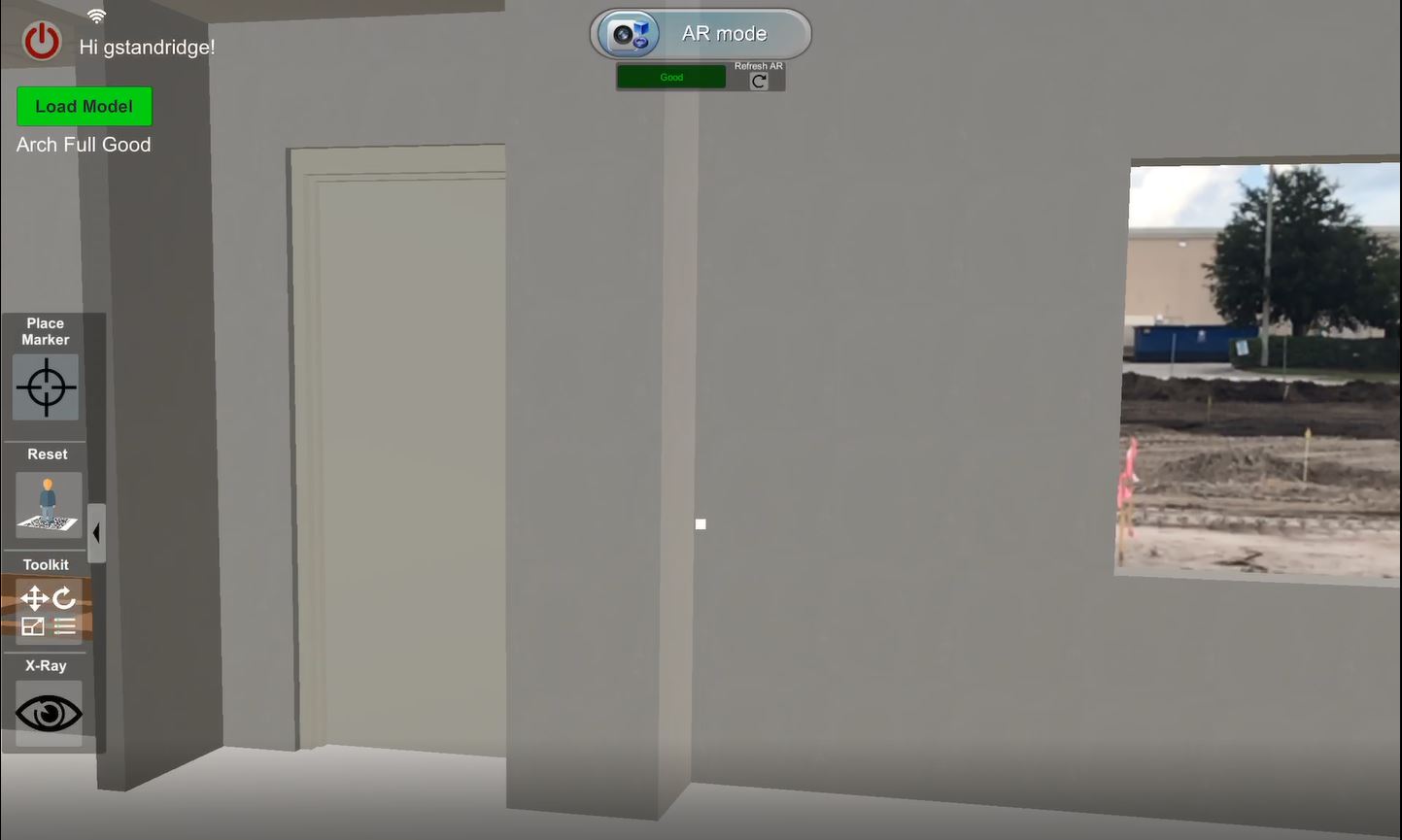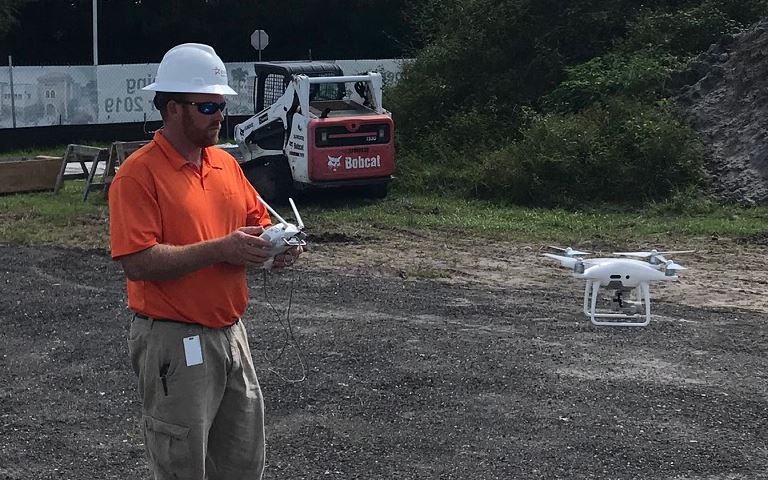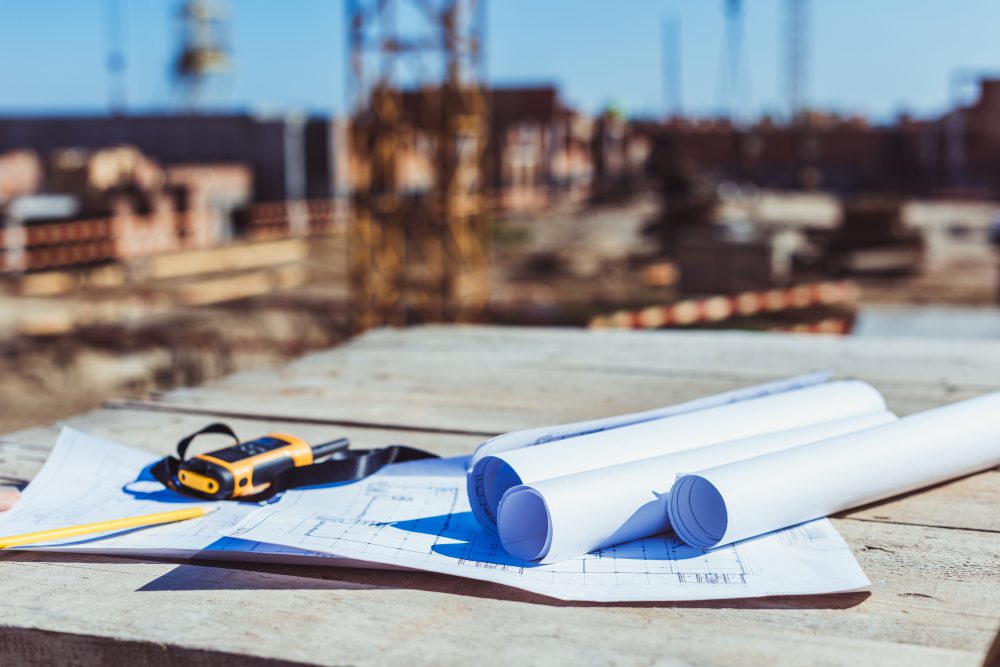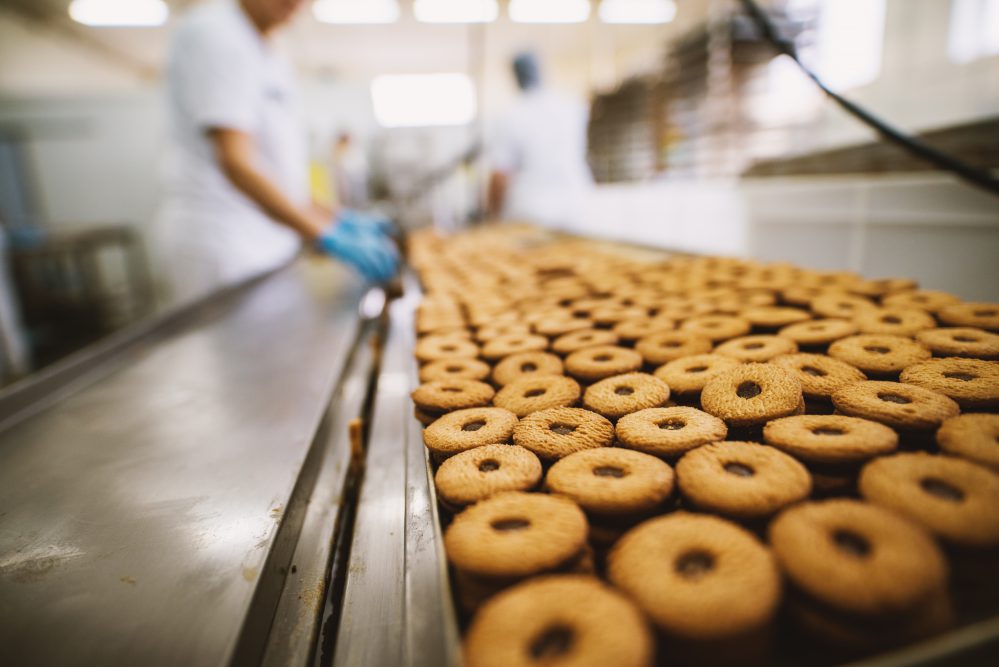Decision by Committee: The Pros and Cons of Group Decision-making
In recent years, more food and beverage companies have adopted a different perspective on decision-making. Rather than having one person making unilateral decisions, many businesses have shifted toward a “decision-by-committee” approach, where a small group of stakeholders are part of the process.
This trend is especially prevalent in larger companies that are adopting a more inclusive corporate culture. The goal is to foster greater pride and buy-in from employees by including diverse perspectives in decisions that affect them.
For example, I recently worked with several owners who utilized the decision-by-committee approach when Stellar was building their new food plant. These facilities are multimillion-dollar investments, and these leaders increasingly want to seek input from their employees who will be working in the facility and with the equipment every day.
Continue Reading “Decision by Committee: The Pros and Cons of Group Decision-making”




